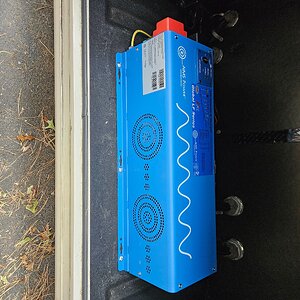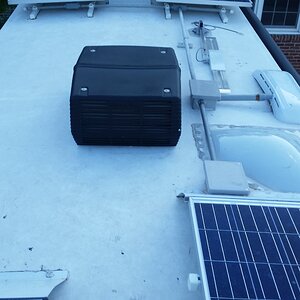baileyandnat
RVF Newbee
- Joined
- Mar 31, 2022
- Messages
- 1
Hello! I have a new trailer and I bought a TPMS for our upcoming long trips. I got confused when i was installing my system on what my psi warning should be? The sidewalls says 65psi cold max. Is that what i should have my tires inflated to or should i not exceed 65psi? What should i put as my warning setting on my TPMS? Thanks for helping a newbie out.











